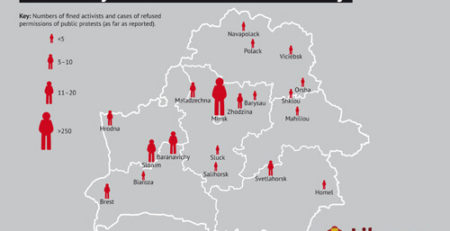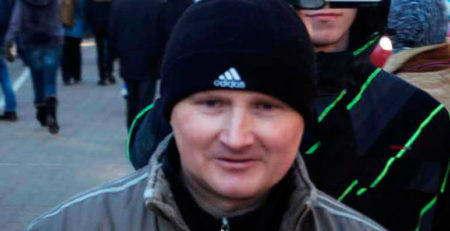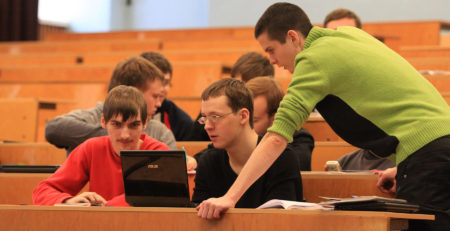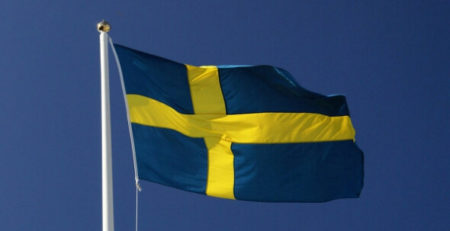Belarus is “fencing off” from Russia?
On September 4, 2014, Alexander Lukashenko signed a decree introducing special border zones in administrative areas at the border with the Russian Federation.
The press service of the Belarusian leader explained this step by the need to create conditions for the proper functioning of border guards in these areas and to enhance cooperation with Russian colleagues in fighting illegal migration, drug trafficking and illegal movement of goods and valuables.
The state border of Belarus is 3617 kilometers long: the border with the EU is 1250 km, with Russia -1283 km and with Ukraine – 1084 km respectively.
Out of this territory, perhaps, only the border with the EU can be called a real border. However, even there the demarcation process has just ended recently. The last part of the border with Lithuania and Poland was demarcated only in 2012, despite the fact that another demarcation with Poland had been carried out in the Soviet times. The demarcation of the border on the Belarusian side was also financed by EU resources for quite a long time.
According to information from the EU Delegation in Belarus, since 2001 the EU has invested 74 million Euros only in customs and border patrol services. Resources have been allocated for the demarcation of the Lithuanian and Latvian border areas, equipment for border checkpoints and crossings and trainings of Belarusian specialists.
From the point of view of the EU officials these projects are actually quite effective. Thus, according to the head of the EU Delegation in Minsk Maira Mora, about 50 000 cases of illegal migration are recorded at the southern borders of the EU in a year, while at the Belarusian section there are only 1700 cases.
The vast majority of illegal migrants do not even reach Polish or Lithuanian border guards as they are detained on the Belarusian side. Belarusian state media inform weekly about the detentions of large groups of migrants from Asia or Caucasian region who are trying to cross the border illegally.
At the same time two-thirds of the state border of Belarus are either not demarcated (the border with Ukraine) or are completely absent (Russian section).
From a rational point of view the eastern border should be defined. It is in the interests of both Russia and Belarus. This way, a large number of transit illegal migrants would not even cross the border in the east, which, accordingly, would ease the work of the western section. The Russian side would also reduce a big flow of illegal migrants who use Belarus as a means for further transit into Russia.
Ideologically, however, the definition of the border would radically go against the promise of young Lukashenko and his plans to create a real Union with Russia. Economically, it would also undermine the possibility of regular smuggling from the EU to Russia.
Nevertheless, according to Belarusian analyst Porotnikov, informal trainings of Belarusian border guards aimed at practicing the closing of the border took place already in 2012. The border guards, however, encountered a problem of a complete absence of cross-border infrastructure. Therefore, according to the analyst, the events in Ukraine only accelerated the solution of the problem.
Officially, there are no discussions about the resumption of a full-fledged border. Nevertheless, the introduction of the border zones leads to constant presence of guards at the border and also to the ban for non-local residents to be in the borderlands without the approval of the authorities.








